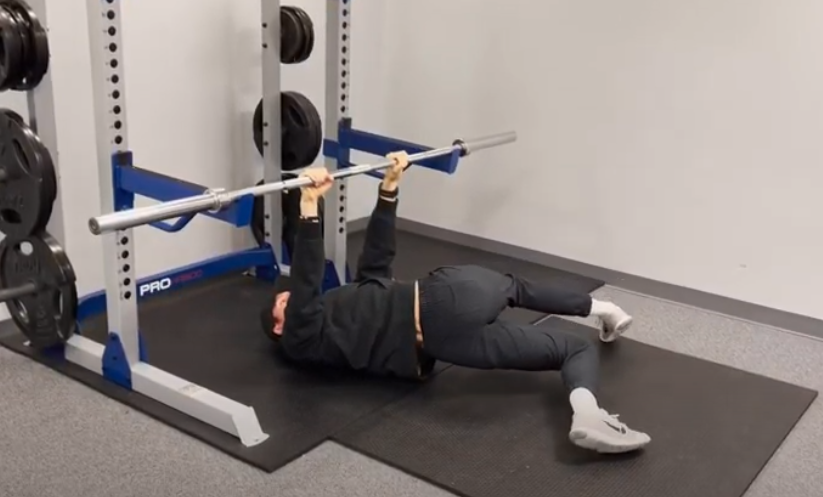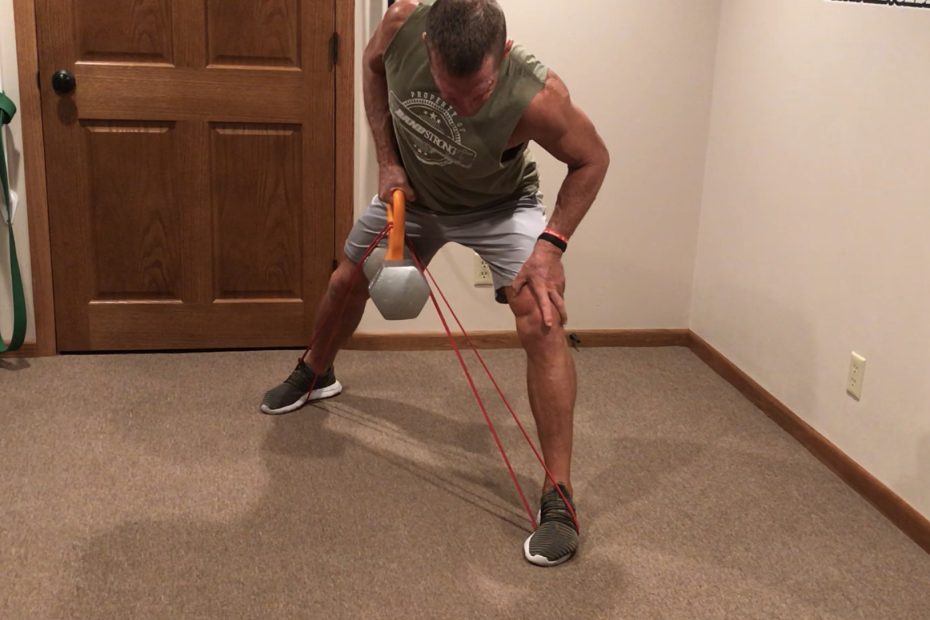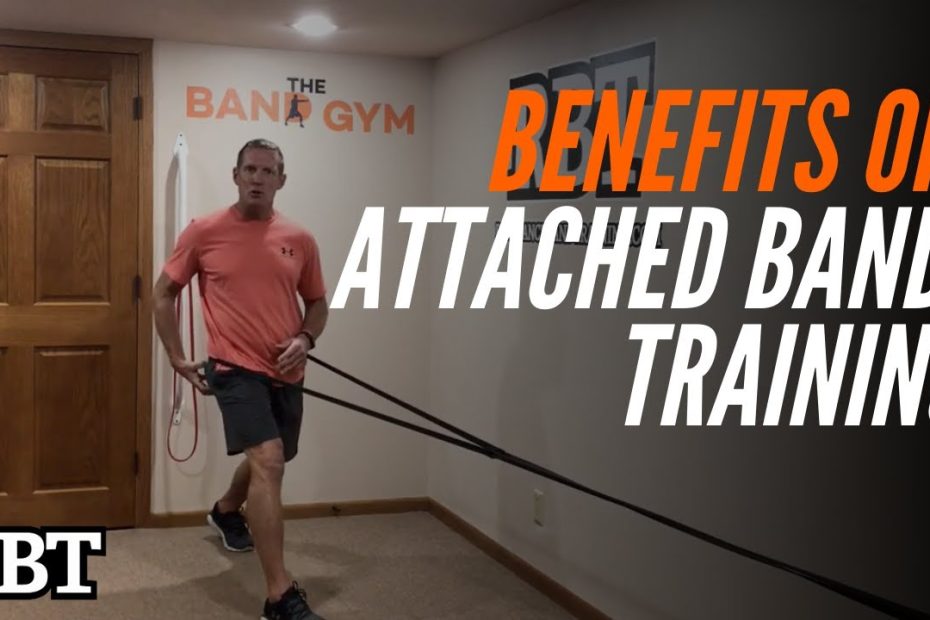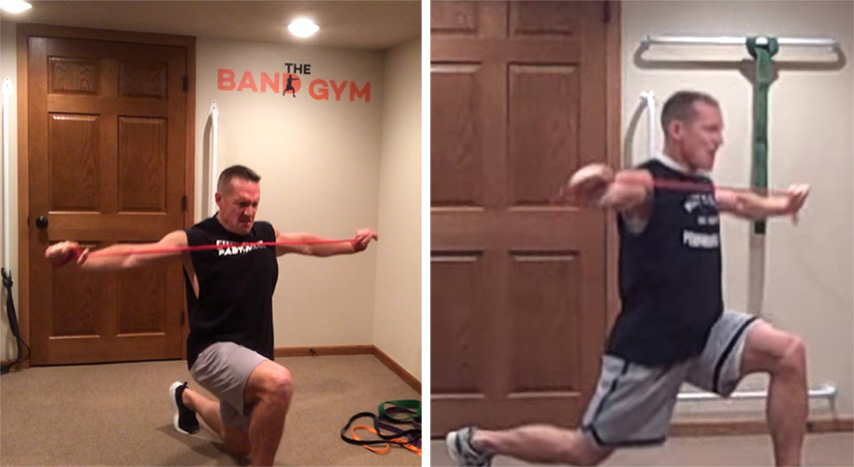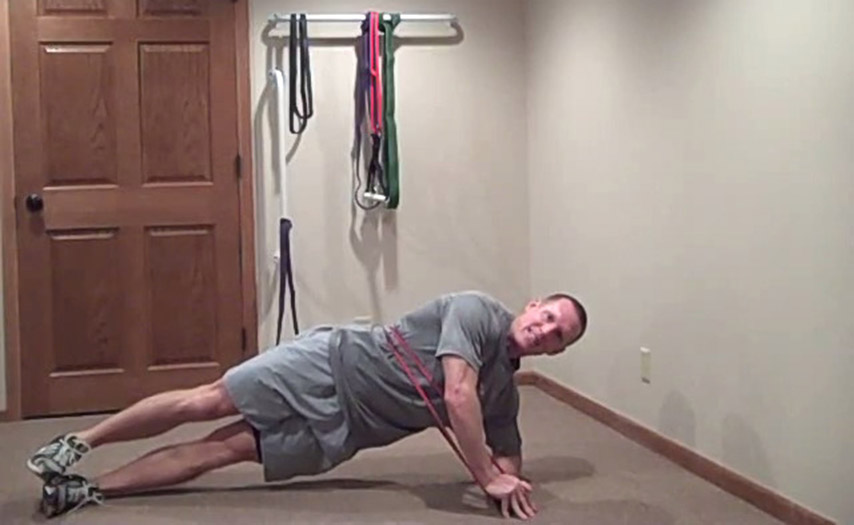Rotation and Resistance Band Training
Our body’s are built to move and explore. As part of that, they are built to rotate and unless we train it, utilize it and perfect it, we will lose that ability. Learning why and how to begin safe rotational training.

